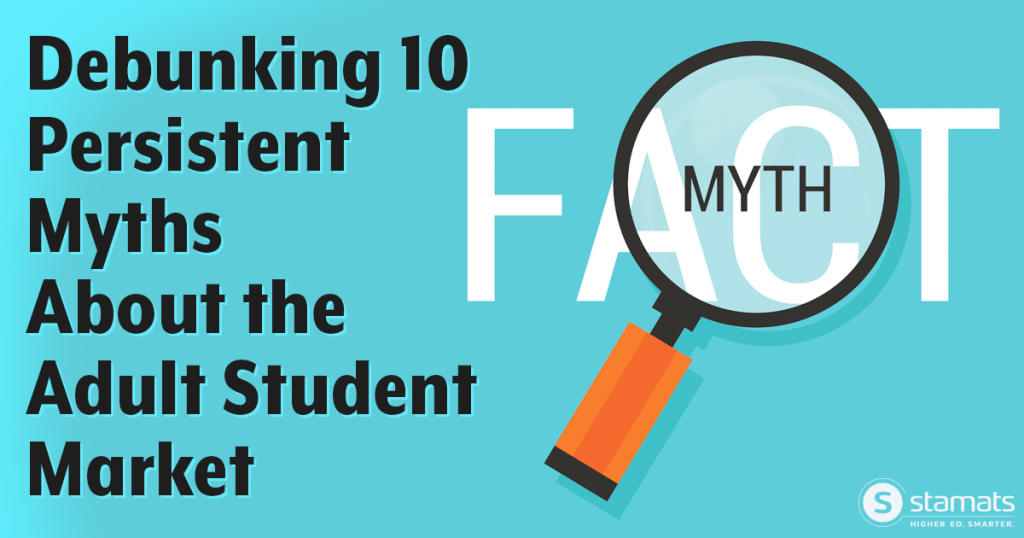wpengine
August 30, 2018

The allure of the adult student marketplace, particularly online students, continues. However, in many cases, colleges and universities enter this market with a false or naïve set of expectations. Many suffer from a Field of Dreams “build it and they will come” mentality. This is often further complicated by unrealistic expectations around revenue generation.
We’re here to help debunk some persistent myths around the adult student market so you may compete in this market confidently and better serve adult students.
Summary statement: Colleges and universities that hope to do well in the adult market space must recognize a couple of realities.
Ready to Get Started?
Reach out to us to talk about your strategy and goals.